Exotic plants do not necessarily mean exotic locations and care are needed. South Florida has an ideal tropical climate which allows us to be able to grow a myriad of exotics. Many exotic species thrive in our highly humid and mild winters. These 10 exotic plants are well suited for South Florida life.

10 Exotic Plants Suited for South Florida
Tacca Chantrieri
Black bat flower. Also known as cat’s whiskers, voodoo flower, and devil’s flower. This native Southeast Asian black flower plant gets its name because it resembles a black bat in flight. In our warm climate, it is best to use wide, shallow pots with good drainage holes. A potting mix that is meant for orchids can be used. The plant prefers light shade and indirect sunlight. So, it is not advisable to keep it in full sun. If grown indoors, it can be placed near a south-facing window, where it will get bright, indirect light. Not into black flowers? Try your hand at its sister species, Tacca Integrifolia (white bat flower) has slightly larger, white flowers.
Millennium Magic 'Witchcraft' Orchid
Currently the blackest orchid to date, it was bred for the sole purpose of being the blackest orchid available. The flowers are very deep purple and not a true black and are slightly fragrant. These can be found online or at your local orchid shows. Sphagnum moss is the ideal medium for this orchid. Care for this orchid is similar to cattleya care. Once the flowers spike, the amount of light it receives can be reduced.

Amorphophallus Bulbifer
A bulb with an incredibly unique flower. In the same genus as the largest flower in the world, amorphophallus titanum. With a large flower similar to a peace lily, this flower is pollinated by flies and beetles. While mainly a summer bulb in cooler climates, some have found success in our cooler months in South Florida greenhouses.
Rhipsalis Capilliformis
Old man’s beard – An epiphytic jungle cactus native to Brazil with thin, long spaghetti like branches. Awesome for hanging baskets. Keep them on the dryer side with plenty of bright light. A bonus? This plant produces small yellow/white flowers.

Hoya Pubicalyx Splash
A favorite of exotic enthusiasts, this bushy hoya with dense purple flower clusters will cascade from a hanging basket. This cultivar has white specks on the foliage. Hoyas enjoy indirect light and moderately dry soil.
Tasmanian Tree Fern
The Tasmanian Tree Fern, also known as the Dicksonia Antarctica Tree Fern, can live for hundreds of years in a suitable habitat. To care for it, you need rich soil or planting material, fertilizer and wrapping for winter protection. Ensure that it is well fed and watered during the growing season and protect it from chills in colder weather by moving it indoors or insulating it, which should be a rare occurrence in our warm climate.
Colocasia Esculent
Black magic elephant ear. A very dramatic plant to add to your landscape. The leaves grow up to 2 feet and are a striking black/purple color. These plants are downright amazing in scope and fabulous as texture plants. They’ll grow in any light but seem happiest in part sun to part shade, growing very large and spreading as they mature.

Dave Flemming Hibiscus
Not your average hibiscus, the Dave Fleming Hibiscus has giant 11-12″, dark pink-red flowers with purple foliage. It has a compact habit and is an amazing bloomer. Great for mass planting in landscapes or as a specimen for a focal point in your garden. Once Established Dave Fleming will be very drought and flood tolerant. Water in well and fertilize and let dry between waterings.
Madagascar Palm
The top of a more mature Madagascar will bloom with pretty white flowers in summer, and often branch out at the point of bloom. Unique and quirky, this succulent plant doesn’t require much water or care. Because its spines are extremely sharp and plentiful on its silvery trunk, the Madagascar should be planted away from foot traffic or areas where kids or pets (or anyone) might accidentally touch it.

Lithops Living Rocks
An excellent beginner exotic succulent. They really are trying to be little rocks! Lithops are native to South Africa and live buried in the ground camouflaged as rocks until they explode in flowers in the spring. New “rocks” emerge from the center. Keep these very dry. Only water once every 3 weeks or when they do not look so plump.







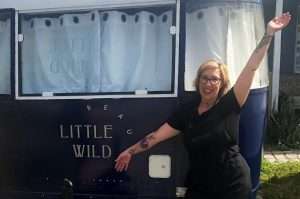
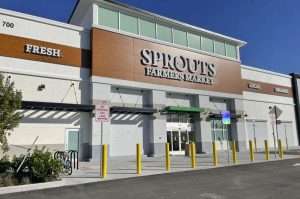

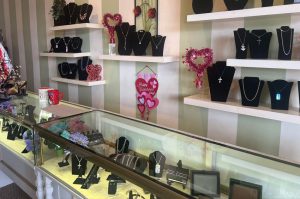

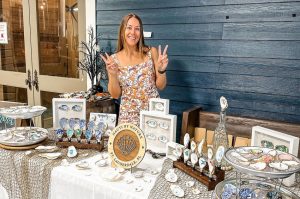
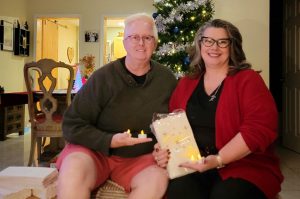
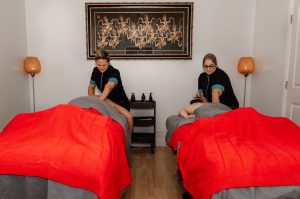
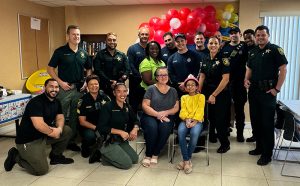


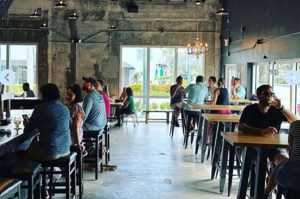


2 Responses
Love your style. I lived in Miami from 79 to 98. I had a plant in the garden that I called a glass plant. Looked similar to an oak leaf kalanchoe. Very fuzzy leaves but very brittle and much larger than common kalanchoes. If you can help me identify this plant please.